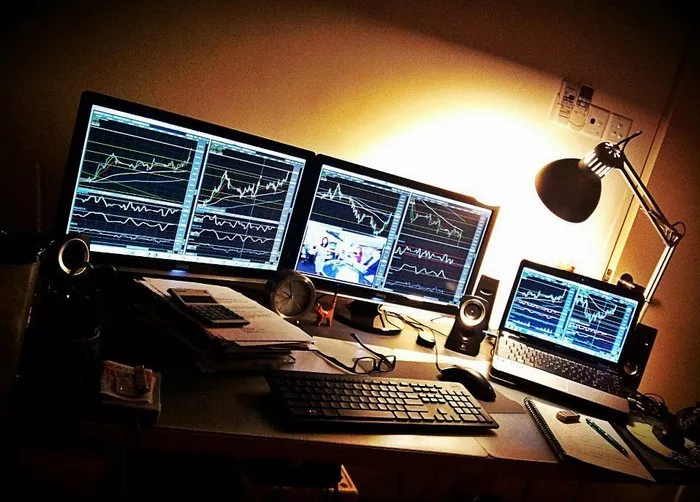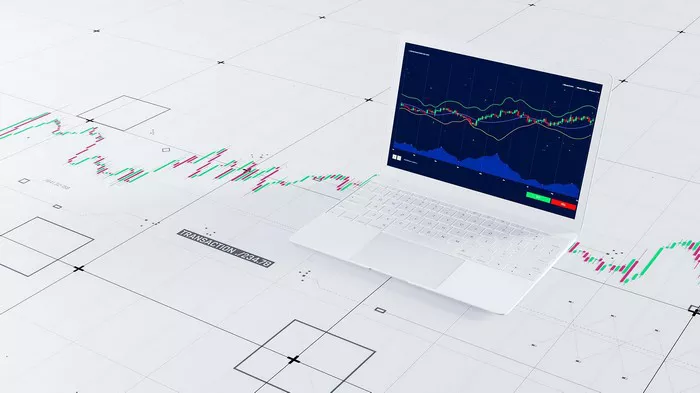Forex trading, or foreign exchange trading, involves the buying and selling of currencies in the global market. It is a complex and dynamic field, influenced by numerous factors including economic indicators, geopolitical events, and market sentiment. One important concept in forex trading is “deviation.” Understanding deviation is essential for traders who want to manage risks and make informed trading decisions. This article will explore what deviation means in forex, its implications for trading strategies, and how to effectively incorporate this concept into your trading plan.
Understanding Deviation in Forex
1. Definition of Deviation
In the context of forex trading, deviation refers to the difference between the expected price of a currency pair and its actual price. It can also indicate the variation of a currency’s price from its average over a certain period. Deviation is a key measure that helps traders assess volatility and market behavior.
2. Types of Deviation
There are two primary types of deviation relevant to forex traders:
A. Price Deviation
Price deviation reflects the fluctuations in the currency pair’s price over time. Traders often analyze these deviations to identify potential entry and exit points.
B. Standard Deviation
Standard deviation is a statistical measure that quantifies the amount of variation or dispersion of a set of values. In forex, it is used to assess the volatility of a currency pair. A higher standard deviation indicates greater volatility, while a lower standard deviation suggests more stability.
Importance of Deviation in Forex Trading
Understanding deviation is crucial for several reasons:
1. Risk Management
Traders use deviation to evaluate risk. By analyzing price movements and standard deviation, traders can determine the likelihood of price fluctuations. This information can help them set stop-loss orders and manage their overall exposure.
2. Identifying Trends
Deviation helps traders identify trends in the market. By observing how prices deviate from their historical averages, traders can spot bullish or bearish trends and adjust their strategies accordingly.
3. Assessing Market Volatility
Volatility is a critical factor in forex trading. Deviation provides insights into market volatility, helping traders understand potential price swings and adjust their positions.
4. Enhancing Trading Strategies
Incorporating deviation into trading strategies can lead to more informed decision-making. Traders can use deviation to identify potential entry and exit points, as well as to gauge the effectiveness of their strategies.
Calculating Deviation
1. Calculating Price Deviation
Price deviation can be calculated by comparing the current price of a currency pair with its historical prices. Here’s a simple formula to calculate price deviation:
Price Deviation (%) = [(Current Price – Average Price) / Average Price] * 100
This formula gives you the percentage deviation from the average price over a specified period.
2. Calculating Standard Deviation
Standard deviation can be calculated using the following steps:
Collect Historical Prices: Gather the closing prices of a currency pair over a specific period (e.g., 30 days).
Calculate the Mean: Find the average price of the collected data.
Calculate Variance: Subtract the mean from each closing price, square the result, and find the average of those squared differences.
Calculate Standard Deviation: Take the square root of the variance.
The formula for standard deviation is:
Standard Deviation (σ) = √(Σ (xi – μ)² / N)
Where:
- σ = standard deviation
- Σ = sum of
- xi = each value
- μ = mean
- N = number of values
Application of Deviation in Trading Strategies
1. Using Deviation in Technical Analysis
Technical analysis involves analyzing price movements to forecast future trends. Deviation plays a significant role in technical analysis in several ways:
A. Bollinger Bands
Bollinger Bands are a popular technical analysis tool that uses standard deviation to measure market volatility. The bands consist of a middle line (the moving average) and two outer bands (two standard deviations away from the moving average). Traders use Bollinger Bands to identify overbought or oversold conditions. When the price approaches the upper band, it may indicate that the currency pair is overbought. Conversely, approaching the lower band may signal an oversold condition.
B. Moving Average Convergence Divergence (MACD)
The MACD is another technical indicator that can incorporate deviation. It uses moving averages to determine the strength and direction of a trend. Traders can analyze how the MACD line deviates from the signal line to identify potential buy or sell signals.
2. Setting Stop-Loss and Take-Profit Levels
Traders often use deviation to set stop-loss and take-profit levels. By analyzing historical price movements, traders can identify potential price levels where they may want to exit a trade to limit losses or secure profits.
3. Volatility-Based Trading Strategies
Traders can develop volatility-based strategies using standard deviation. For example, they may decide to trade only when the volatility (as measured by standard deviation) exceeds a certain threshold. This approach can help traders capitalize on price movements during high volatility periods.
Real-World Examples of Deviation in Forex
1. EUR/USD Price Deviation
Let’s consider the EUR/USD currency pair. Suppose the average price over the last 30 days is 1.1500, and the current price is 1.1600.
Using the price deviation formula:
Price Deviation (%) = [(1.1600 – 1.1500) / 1.1500] * 100 = 8.70%
This indicates that the current price is 8.70% higher than the average price, which may signal a bullish trend.
2. USD/JPY Standard Deviation
For the USD/JPY currency pair, suppose the historical closing prices for the last 10 days are as follows: 110.00, 110.50, 109.80, 110.20, 110.10, 110.30, 110.40, 110.25, 110.15, 110.05.
Calculate the Mean: Mean = (110.00 + 110.50 + 109.80 + 110.20 + 110.10 + 110.30 + 110.40 + 110.25 + 110.15 + 110.05) / 10 = 110.205
Calculate Variance: Variance = [(110.00 – 110.205)² + (110.50 – 110.205)² + … + (110.05 – 110.205)²] / 10 = 0.0525
Calculate Standard Deviation: Standard Deviation (σ) = √0.0525 ≈ 0.229
This standard deviation indicates the volatility of the USD/JPY pair over the last 10 days.
Common Mistakes to Avoid with Deviation
1. Ignoring Market Conditions
Traders sometimes ignore the broader market conditions when analyzing deviation. External factors such as economic reports, geopolitical events, and market sentiment can significantly impact currency prices.
2. Overtrading on Deviations
While deviations can indicate potential trading opportunities, overtrading based on minor deviations can lead to losses. It’s essential to confirm signals with other indicators before executing trades.
3. Neglecting Risk Management
Failure to incorporate risk management practices when trading on deviation can result in substantial losses. Always use stop-loss orders and set appropriate position sizes based on your risk tolerance.
Conclusion
Deviation is a critical concept in forex trading that helps traders understand price movements, volatility, and risk management. By grasping the concept of deviation, traders can make more informed decisions and enhance their trading strategies. Whether using price deviation or standard deviation, understanding these metrics is vital for navigating the complexities of the forex market.
Incorporating deviation into your trading strategy can lead to better risk management, more effective trading, and improved overall performance. Always remember to stay informed about market conditions, utilize technical analysis tools, and implement sound risk management practices. With a solid understanding of deviation, you can enhance your trading approach and work toward achieving your financial goals in the forex market.
Related topics:
































